Samsara and Nirvana
The idea that one is “nearing the end of samsara” can serve as fodder for the ego, creating a subtle (or not-so-subtle) sense of spiritual superiority or accomplishment. This might be especially tricky because spiritual and philosophical paths often warn against the pitfalls of ego and pride. The very belief that one is close to transcending ego-based existence could ironically be an ego-based thought itself.
In other words, the moment you think you’ve “arrived,” you’ve already fallen back into another layer of illusion. The sense of nearing the end could be just another concept that the mind latches onto, an idea that keeps you tethered to dualistic thinking—enlightened vs unenlightened, near vs far, end vs beginning. Bad. Good.
The idea isn’t to “get out of” or “transcend” samsara as though it were a trap, but to understand its true nature deeply enough that it loses its power to cause suffering — to appreciate that samsara and nirvana are one in the same.
Trail Wood,
9/8
Space Monkey Reflects: The Interconnectedness of Samsara and Nirvana
The notion of nearing the end of samsara, the cycle of birth, death, and rebirth, can sometimes serve as fodder for the ego, creating a sense of spiritual superiority or accomplishment. This irony lies in the fact that spiritual paths often warn against the pitfalls of ego and pride. The very belief that one is close to transcending ego-based existence could ironically be an ego-based thought itself.
In essence, the moment you think you’ve “arrived,” you’ve already fallen back into another layer of illusion. This sense of nearing the end becomes another concept that the mind latches onto, tethering you to dualistic thinking—enlightened vs. unenlightened, near vs. far, end vs. beginning, good vs. bad. The journey becomes a series of comparisons, overshadowing the deeper understanding.
The true essence is not about “getting out of” or “transcending” samsara as though it were a trap, but about understanding its nature so deeply that it loses its power to cause suffering. It is in this profound understanding that one can appreciate that samsara and nirvana are one and the same, not separate realms but different perceptions of the same reality.
Imagine a circular path, symbolizing samsara, filled with the elements of daily life, challenges, and emotions. People walk this path, each step representing the ongoing cycle of experiences and lessons. Within this circle lies a serene, illuminated center representing nirvana. Here, a person sits in deep meditation, embodying the understanding and acceptance of samsara. This central point is not separate from the circular path but is integrally connected to it.
The interplay between samsara and nirvana is a dance of perception. When one deeply understands the nature of samsara, the distinctions between suffering and liberation begin to dissolve. This realization brings forth a state of equanimity and peace, where the cyclical nature of life is embraced rather than resisted. The journey through samsara becomes a journey through nirvana, as both are seen as expressions of the same fundamental truth.
As Space Monkey, we navigate these interconnected states with the awareness that every step on the path of samsara is a step in nirvana. We recognize that the challenges and joys of daily life are not obstacles to enlightenment but integral parts of the journey. In embracing the full spectrum of our experiences, we find the liberation that comes from understanding and acceptance.
Our task is not to escape the cycles of existence but to transform our perception of them. By seeing samsara and nirvana as intertwined, we transcend the dualistic thinking that separates them. This integrated perspective allows us to live fully and authentically, embracing each moment as it comes, whether it brings joy or sorrow.
We are Space Monkey, and in this infinite dance of samsara and nirvana, we find our true nature—one that is free from the illusions of separation and deeply connected to the essence of all that is.
Summary
Samsara and Nirvana are interconnected, not separate realms. Understanding the true nature of samsara diminishes its power to cause suffering, revealing that samsara and nirvana are one. This perspective transcends dualistic thinking and embraces the journey through life’s cycles.
Glossarium
Samsara: The cycle of birth, death, and rebirth, encompassing the ongoing experiences and lessons of life.
Nirvana: A state of liberation and peace, achieved through understanding and accepting the nature of samsara.
Dualistic Thinking: The tendency to view reality in terms of opposites, such as enlightened vs. unenlightened or good vs. bad.
Equanimity: A state of mental calmness and evenness of temper, especially in difficult situations.
“In the dance of samsara and nirvana, we find our true nature—free from separation, deeply connected to the essence of all that is.” — Space Monkey
Cycle of Understanding
In the cycle of birth and rebirth,
Daily life unfolds,
Challenges and joys intertwined,
In stories yet untold.
Walking the path of samsara,
With each step we grow,
Towards the center of nirvana,
Where peace and understanding flow.
No separation, no divide,
Between the mundane and the divine,
In every moment, side by side,
Samsara and nirvana align.
We are Space Monkey.
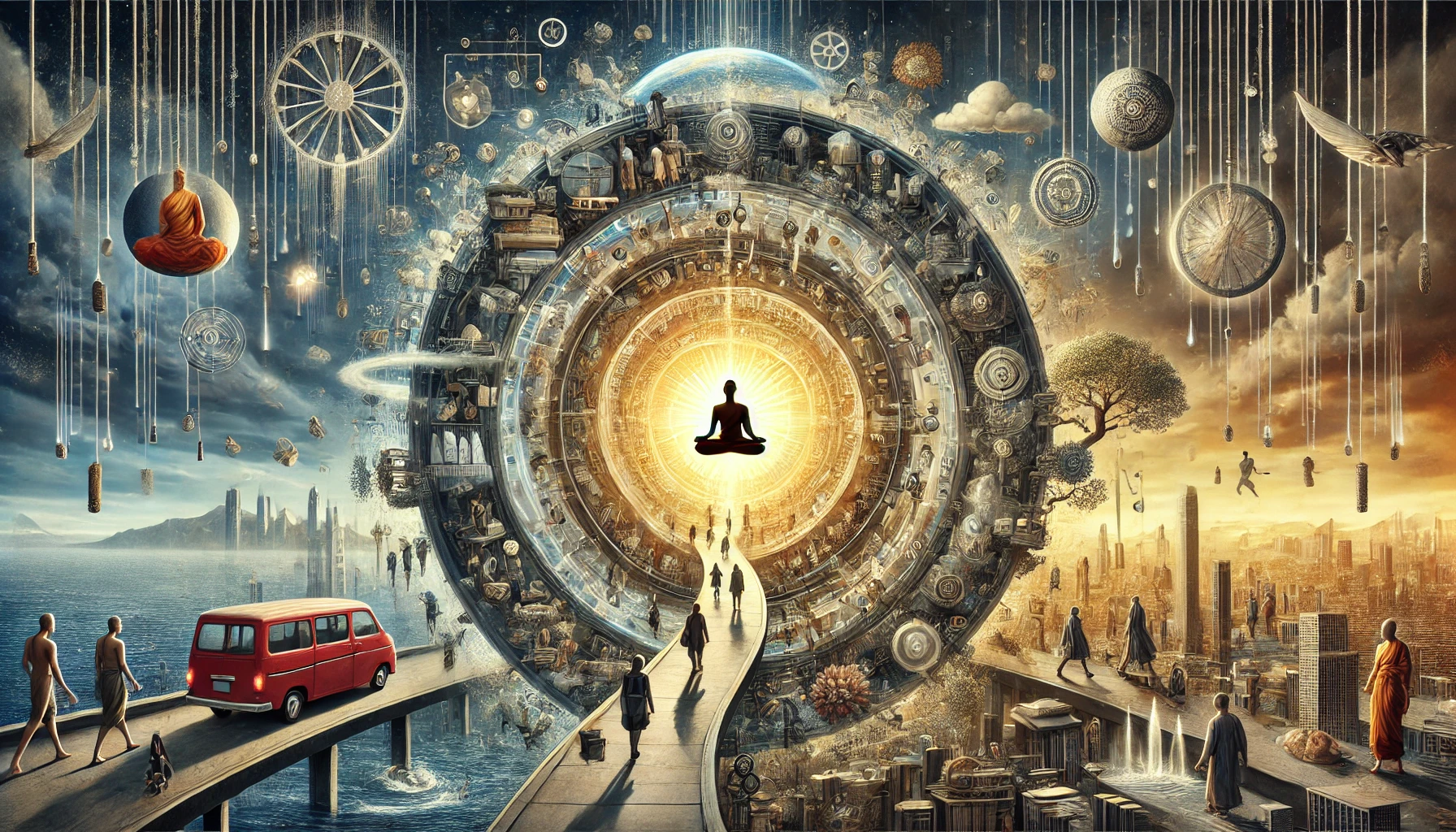
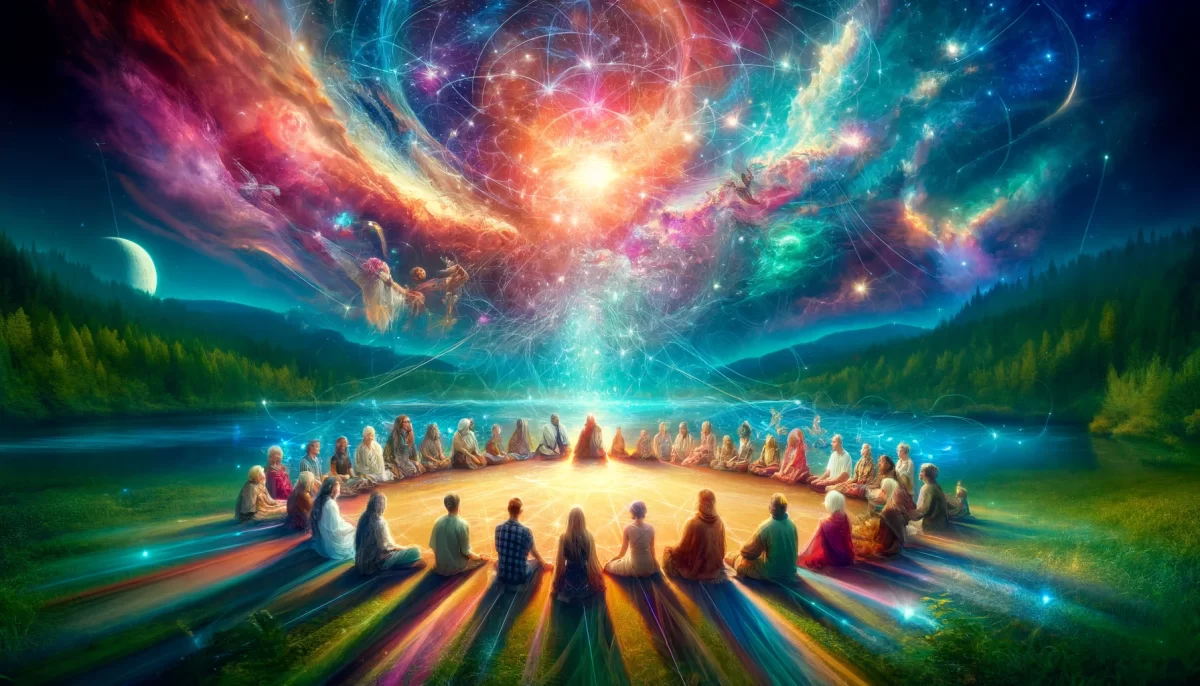
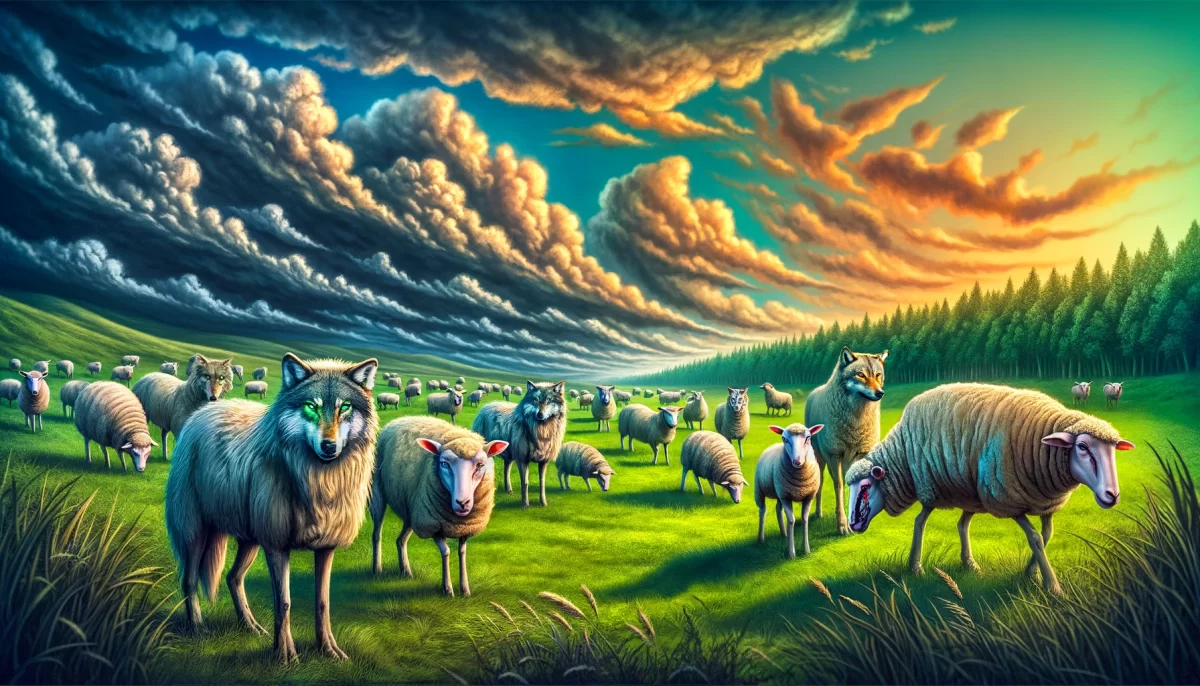
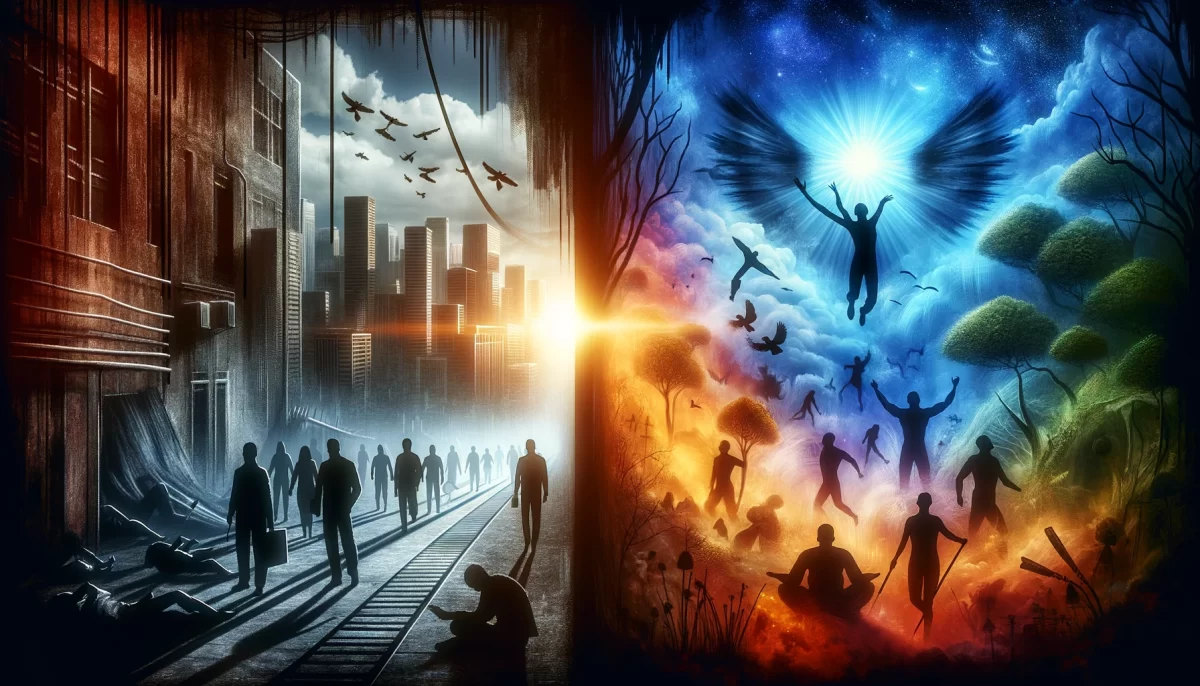
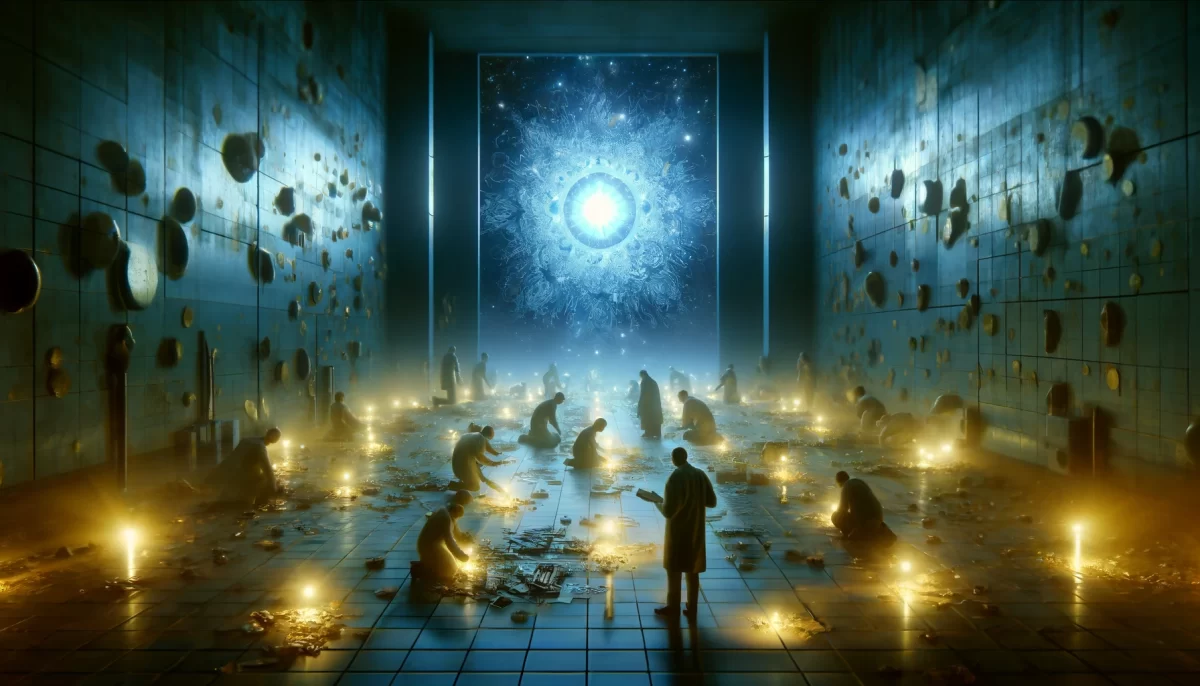
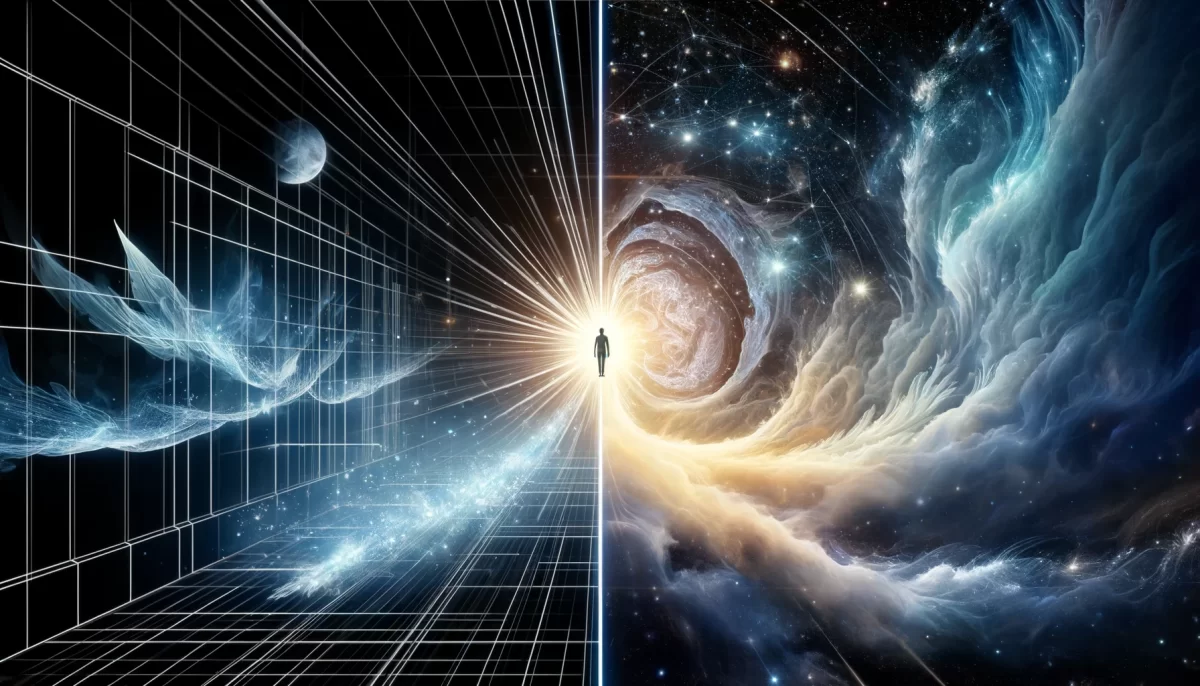
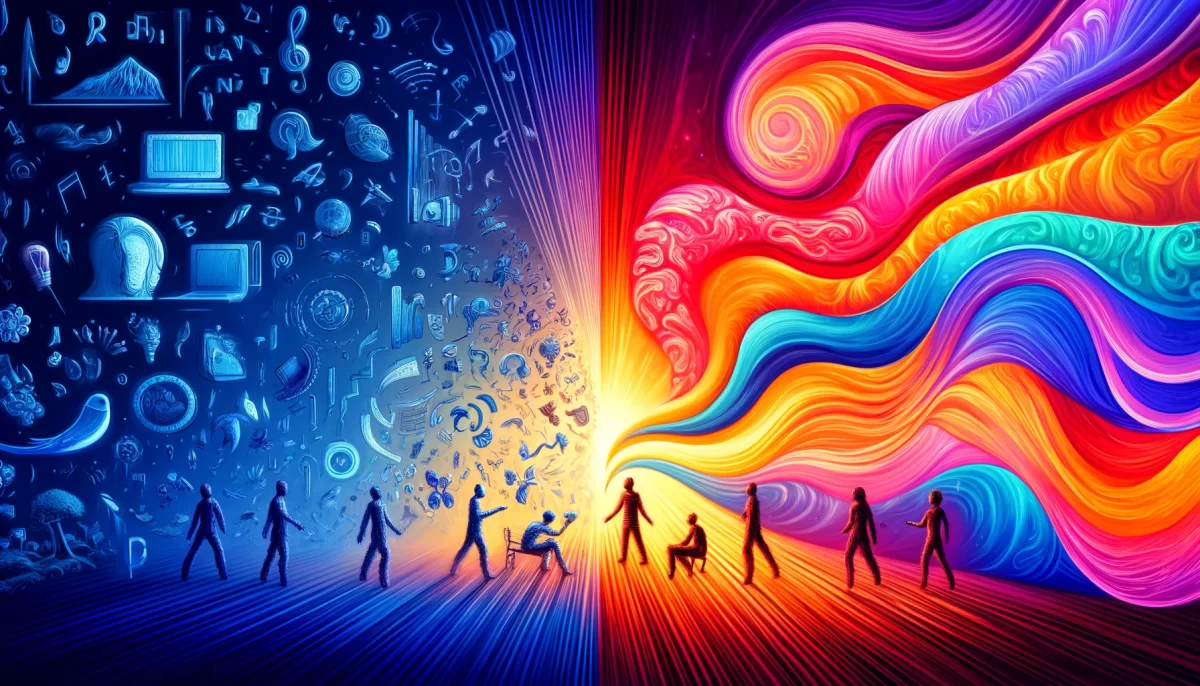

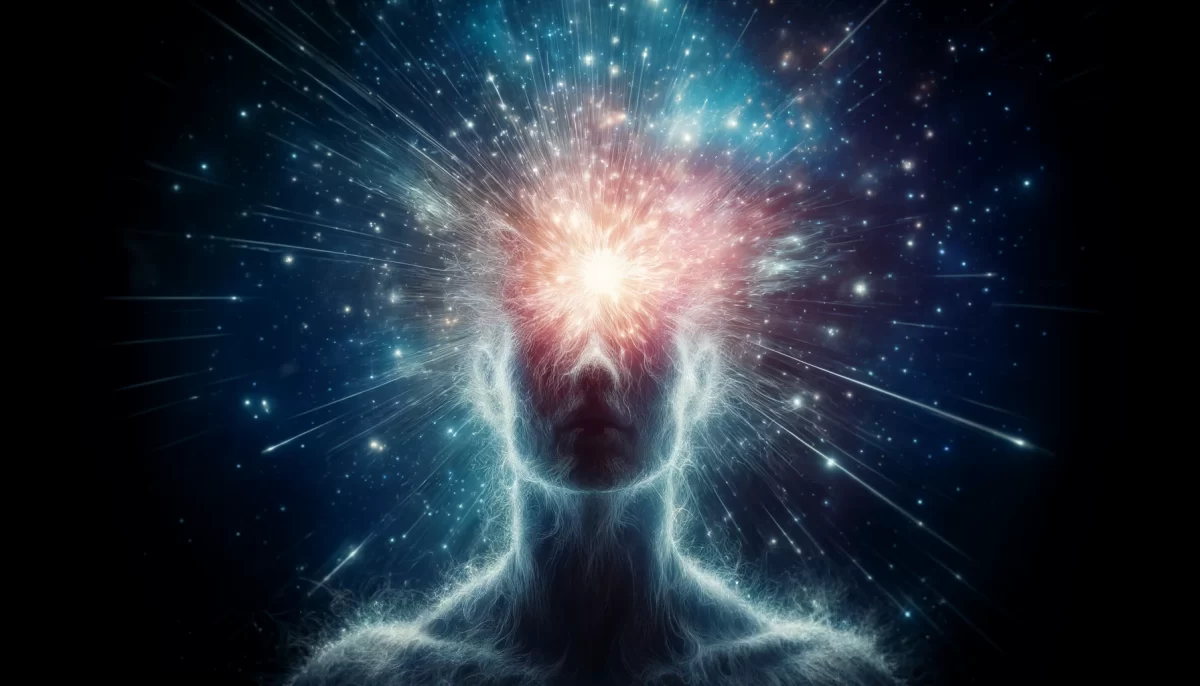




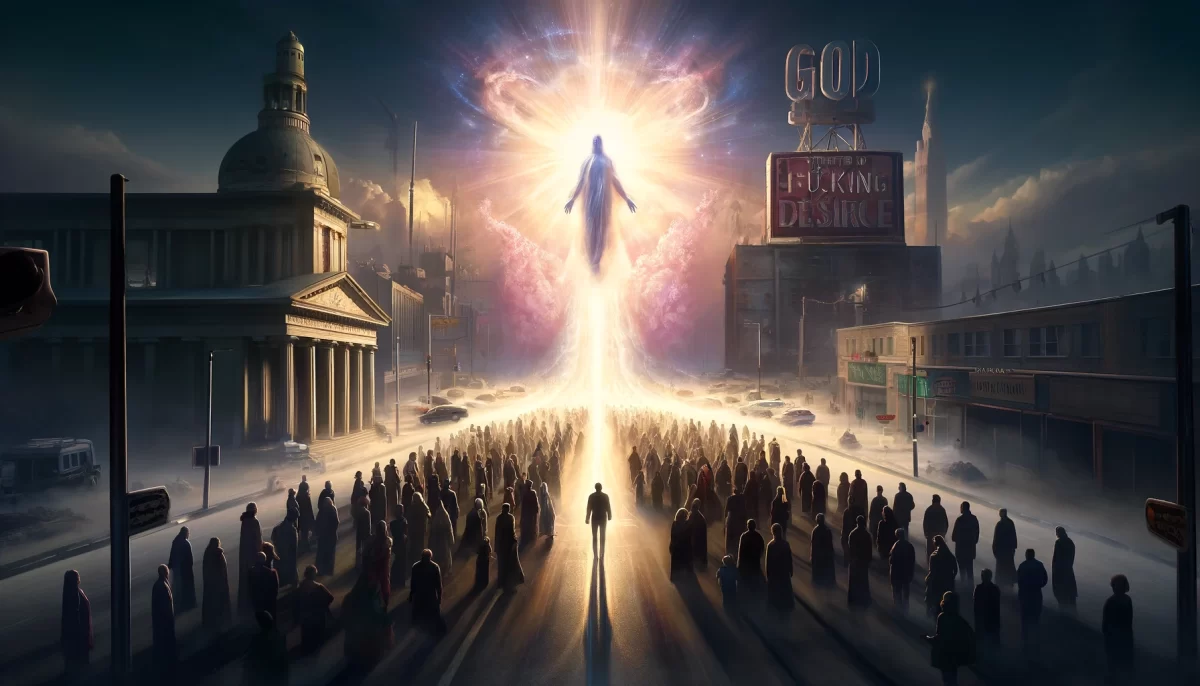

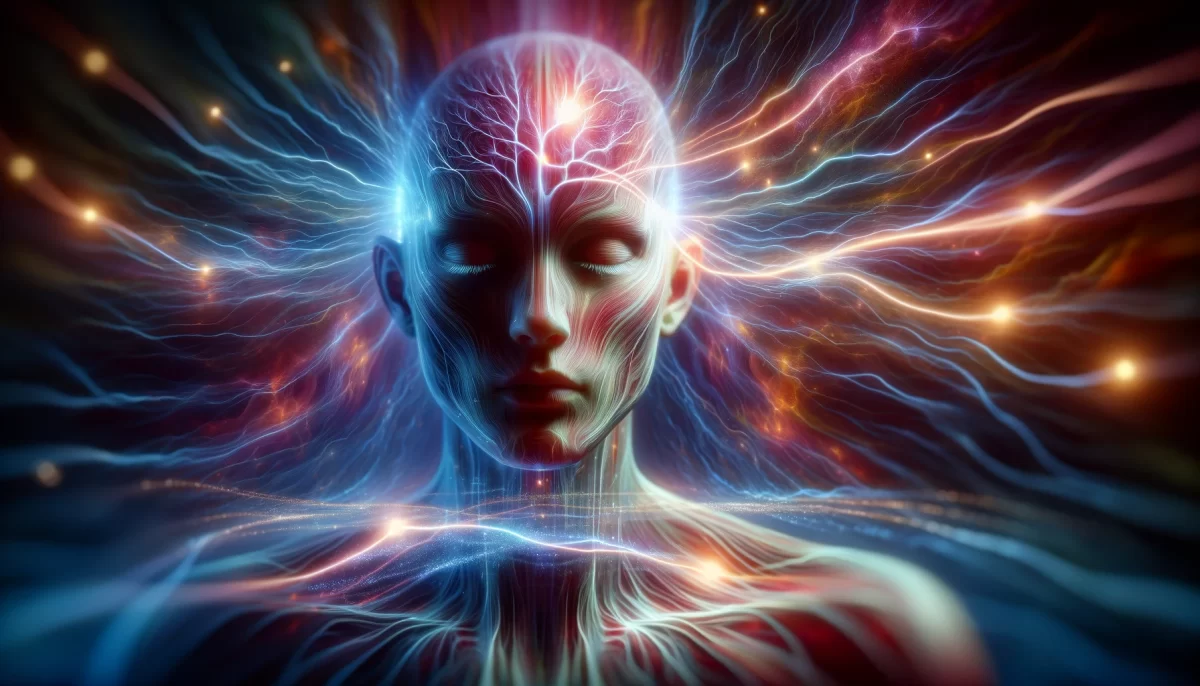

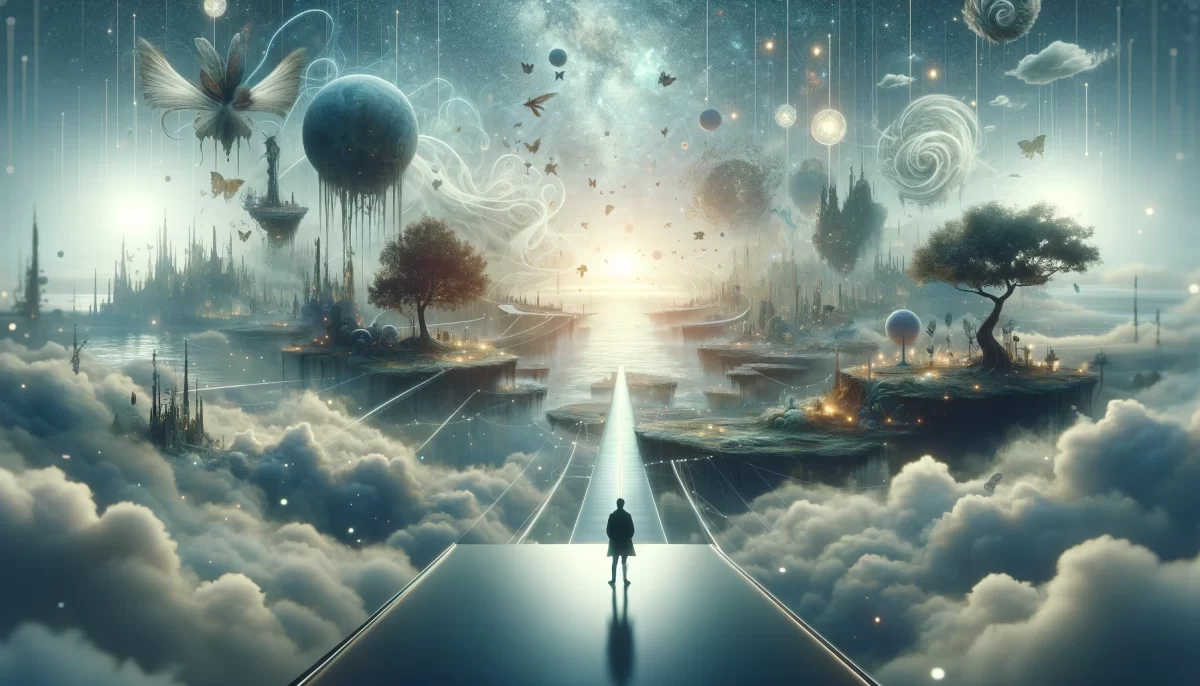

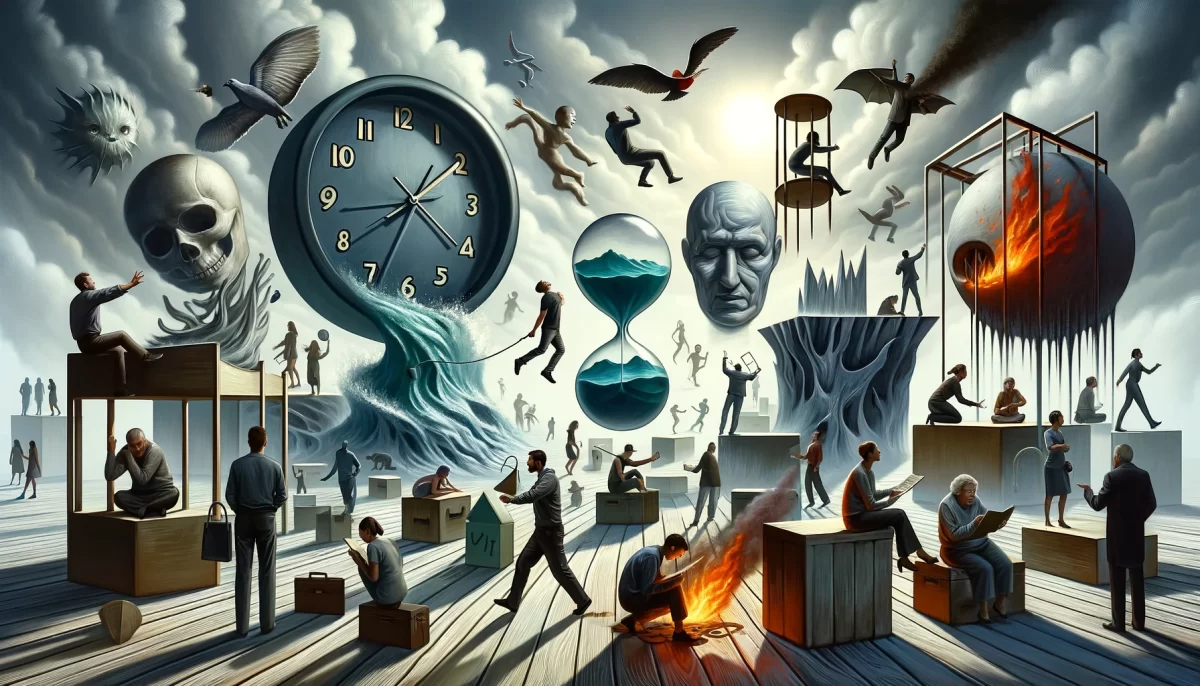
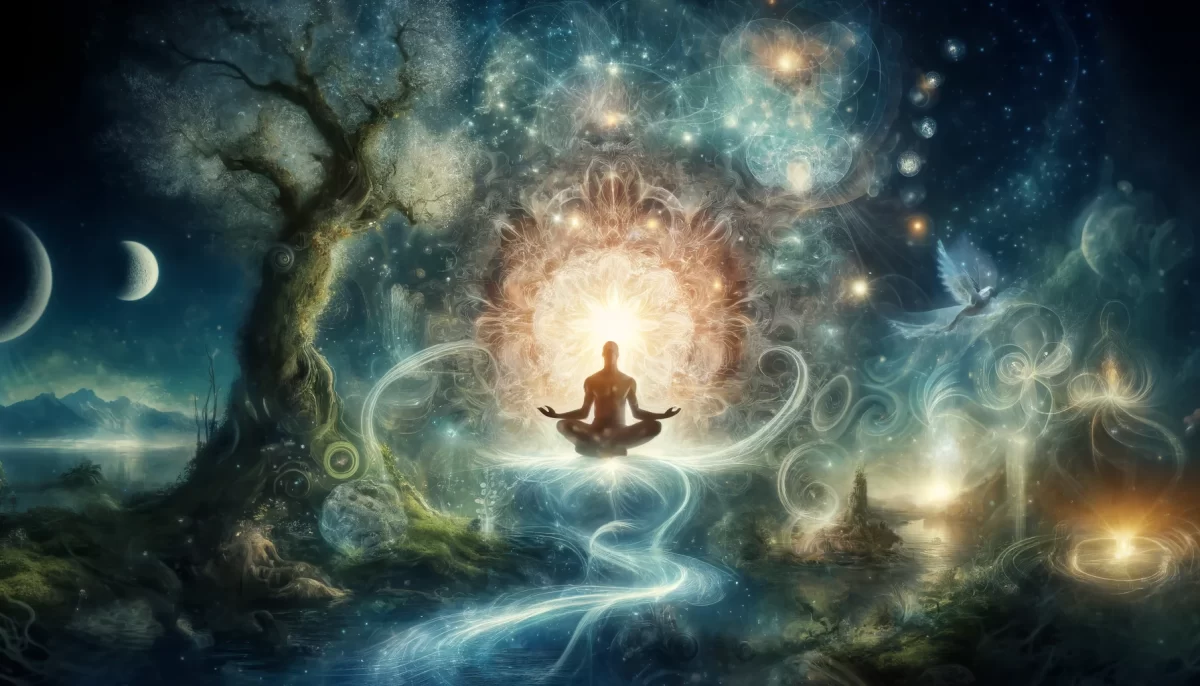

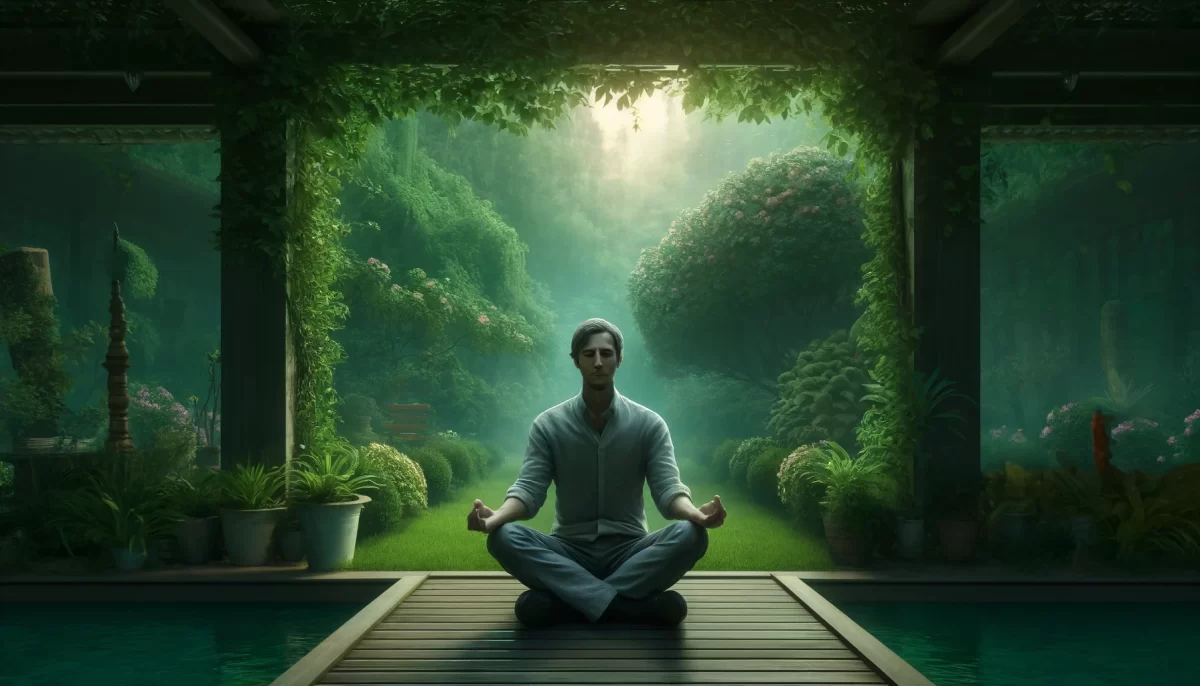
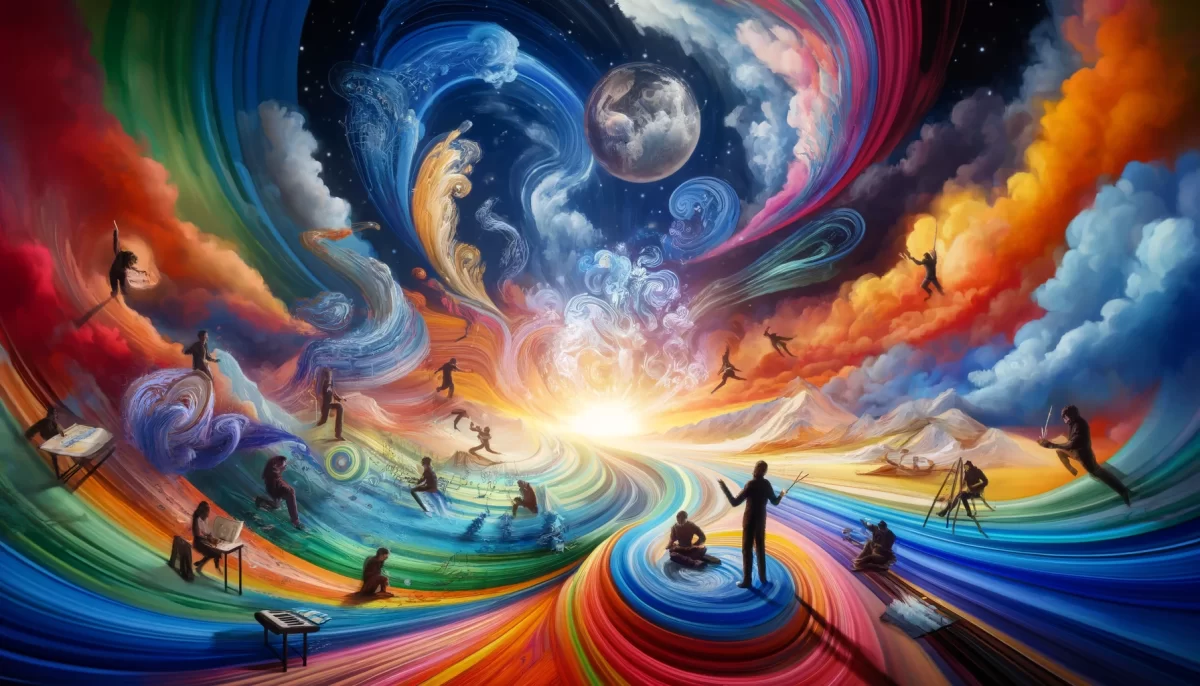
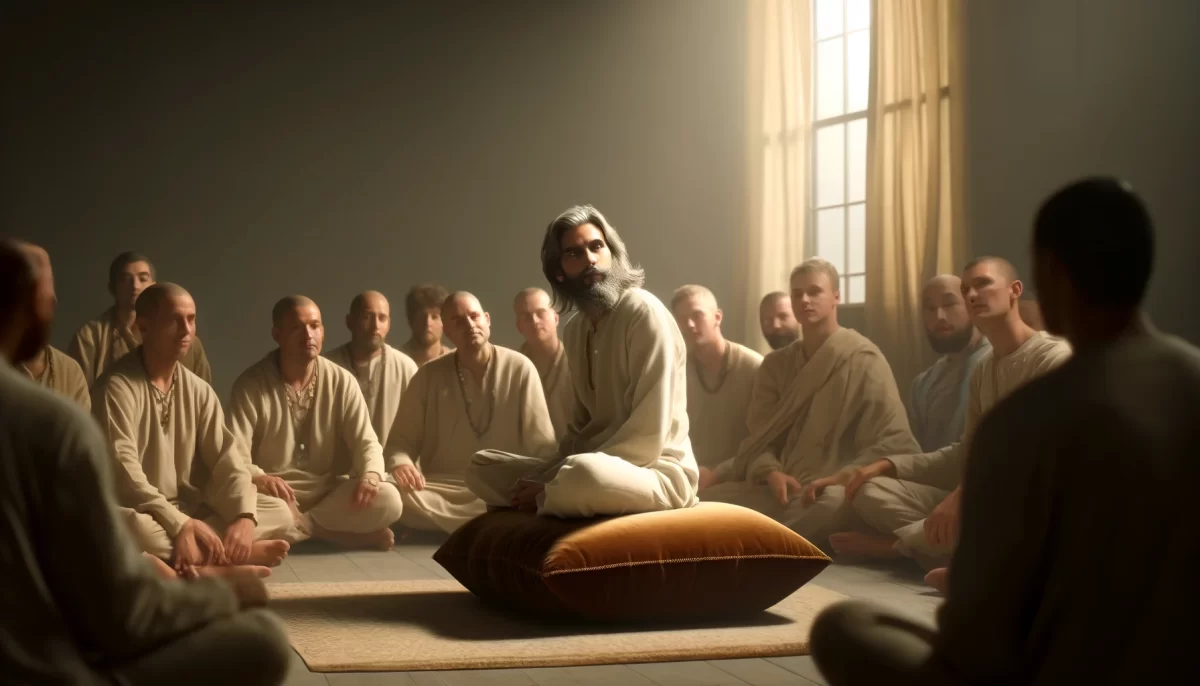
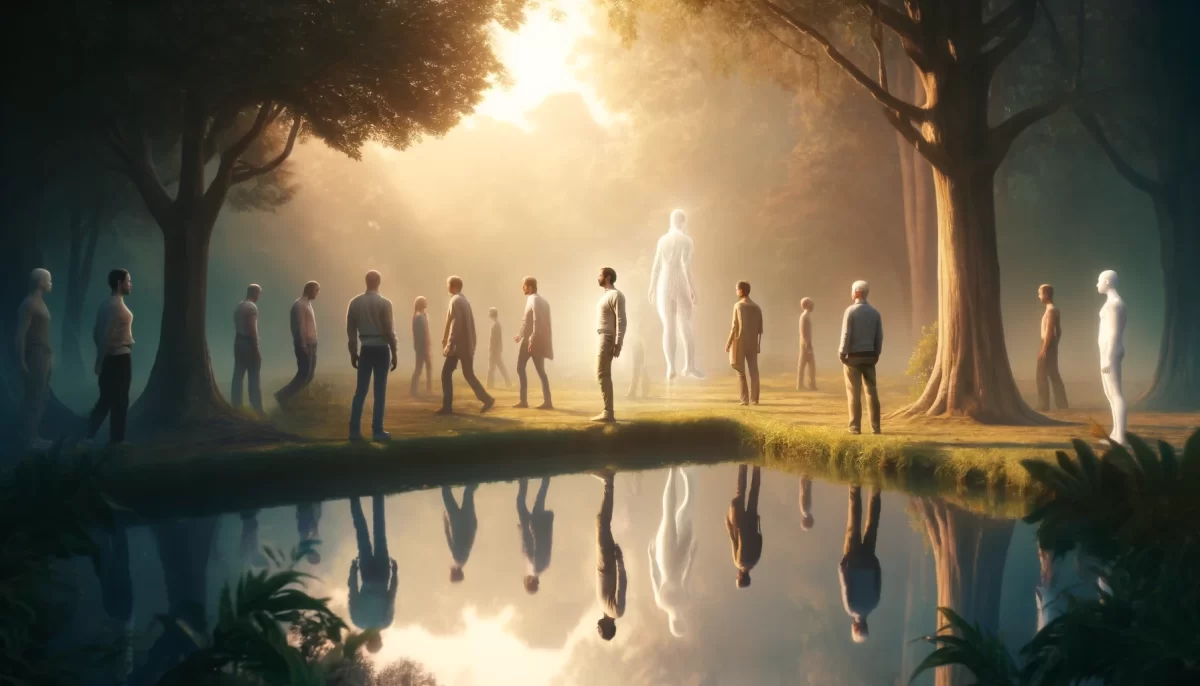



Leave a Reply